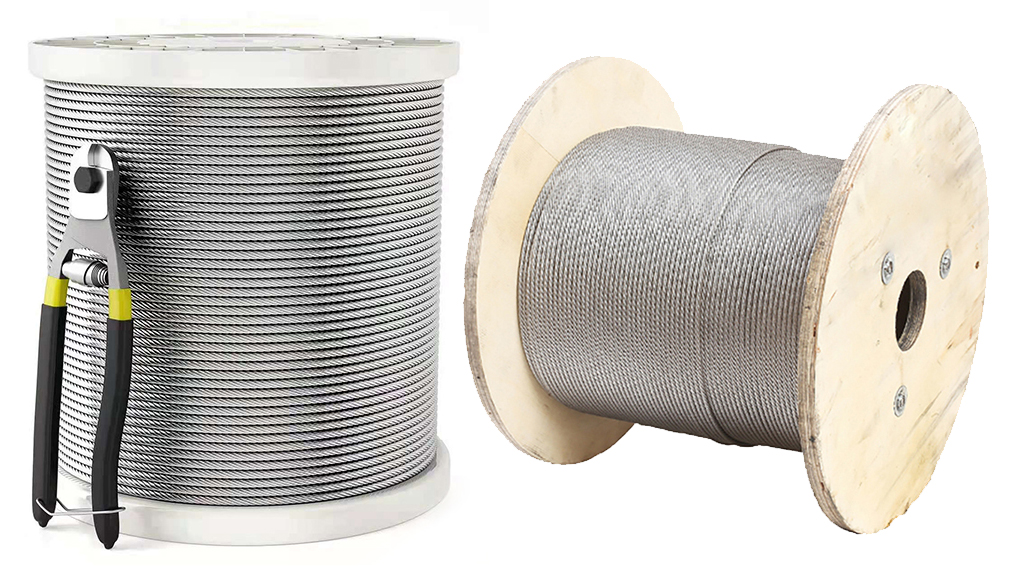The difference between hot-dip galvanized steel wire rope and electro-galvanized steel wire rope:
Galvanized steel wire rope is divided into two categories: hot-dip galvanized steel wire rope and electro-galvanized steel wire rope
The two methods of galvanizing are different:
1. The hot-dip galvanized steel wire rope is formed by physical thermal diffusion to form a coating. First, an iron-zinc compound is formed, and then a pure zinc layer is formed on the surface of the iron-zinc compound on the surface of the galvanized steel wire.
2. The electro-galvanized steel wire rope is made of galvanized layer by the method of point deposition with external power supply, and the surface is composed of fine galvanized particles. Generally, any thickness of galvanized layer can be obtained.
Hot-dip galvanizing will reduce the mechanical properties of the steel wire. Galvanized steel wire ropes with high strength and high corrosion resistance are required to be twisted by electro-galvanized steel wires.
Compared:
1. Thickness of zinc layer:
Under normal circumstances, the zinc layer of hot-dip galvanizing is thicker, and the zinc layer of electro-galvanizing is thinner, (unless the zinc layer of electro-galvanizing also reaches the level of thick zinc layer)
2. Corrosion resistance:
Compared with electrogalvanizing, the zinc layer of hot-dip galvanizing has better corrosion resistance due to the zinc-iron alloy layer.
3. Color:
Because the surface of the hot-dip galvanized steel wire rope is plated with zinc-iron alloy, its color is a little darker. However, there is no chemical reaction on the electroplating surface, so it is still the natural color of zinc, which looks brighter.
4. Application:
Electro-galvanized steel wire rope is mainly used in communication equipment, medical equipment, wire mesh, wire rope, construction engineering, handicrafts and other industries.
Hot-dip galvanized steel wire ropes are mainly used in harsh working environments, and are widely used in chemical equipment, petroleum processing, marine exploration, metal structures, power transmission, shipbuilding and other industries. In the construction industry such as bridges, highway guardrails, etc. ground is adopted.
Post time: Feb-08-2022











